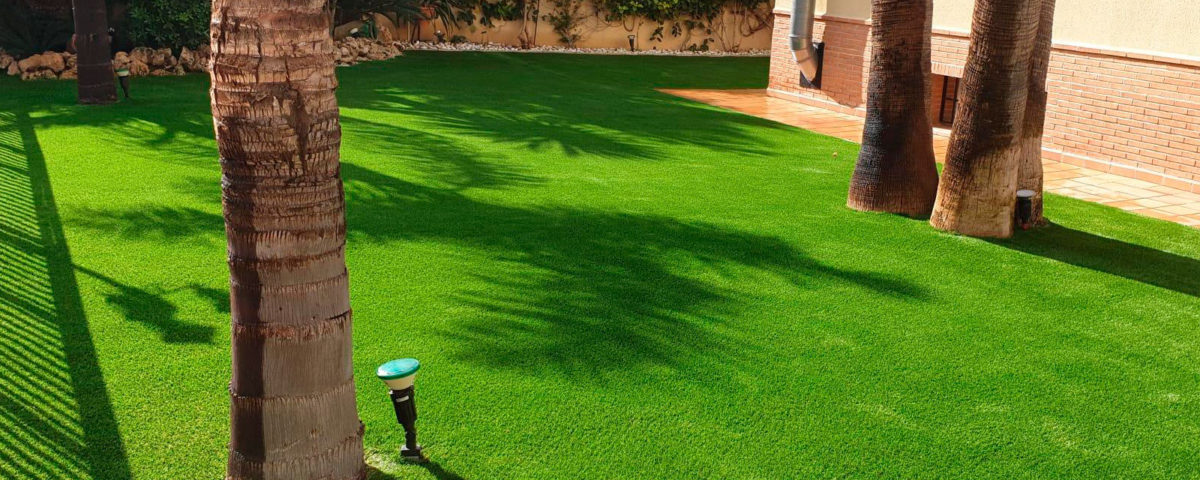The impact of synthetic grass on the environment

Synthetic grass is becoming an increasingly popular alternative for people
who seek to replace the natural grass in their gardens or sports centres, among others. Despite this, many people are still reluctant about the idea of making the switch. It all comes from the debate of whether it is beneficial for the environment or not.
How can the use of synthetic grass contribute to a more sustainable environment?
It hardly needs water for maintenance. Only on few occasions to remove dust or dirt. This constitutes a considerable saving, up to 70%, or even more.
It has also been pointed out that synthetic grass is not recyclable. That is not entirely true: not all synthetic grass models are the same.
In fact, many of them are made of recyclable materials. Only its backing materials are not, and these can be easily melted for the creation of new products.
There are more pros than cons.
The main negative aspect against synthetic grass in comparison with natural grass is that it does not perform photosynthesis. Which is true, although it only occurs during the day. However, we must also consider the environmental impact caused with maintenance of natural grass. To prune and cut it
increase the emissions. One of the common fertilizers used in parks and gardens contains nitrogen. This gas has an impact on the greenhouse effect 300 times higher than CO2.
The maintenance of natural grass emits more gases that cause the greenhouse effect than those that it eliminates.
A better grass for a better environment.
Synthetic grass requires very little maintenance. It does not need fertilizers to be kept green and fresh like the first day. Therefore, by replacing the natural grass with synthetic grass we considerably reduce the carbon footprint.
It is true that natural grass beats synthetic grass in terms of heating. Natural grass does not accumulate heat and disperses it. However, if we consider surfaces such as tile or concrete, synthetic grass would be a better option, as all of these surfaces absorb heat and the synthetic turf cools faster than all of them.
Another advantage of artificial grass is that you do not need to use herbicides, pesticides, or fertilizers on it. These chemicals can be harmful for humans, animals, and for the environment. Another reason against synthetic grass has been the toxicity of its filling. However, after testing it, we can confirm that there is no danger. And silica sand is the best option: it is safe, maintains humidity, and reduces the temperature of the grass.


